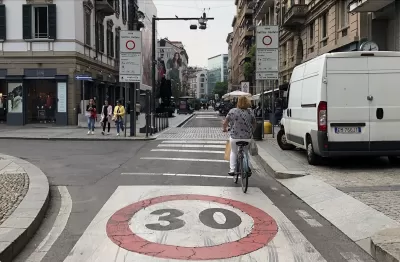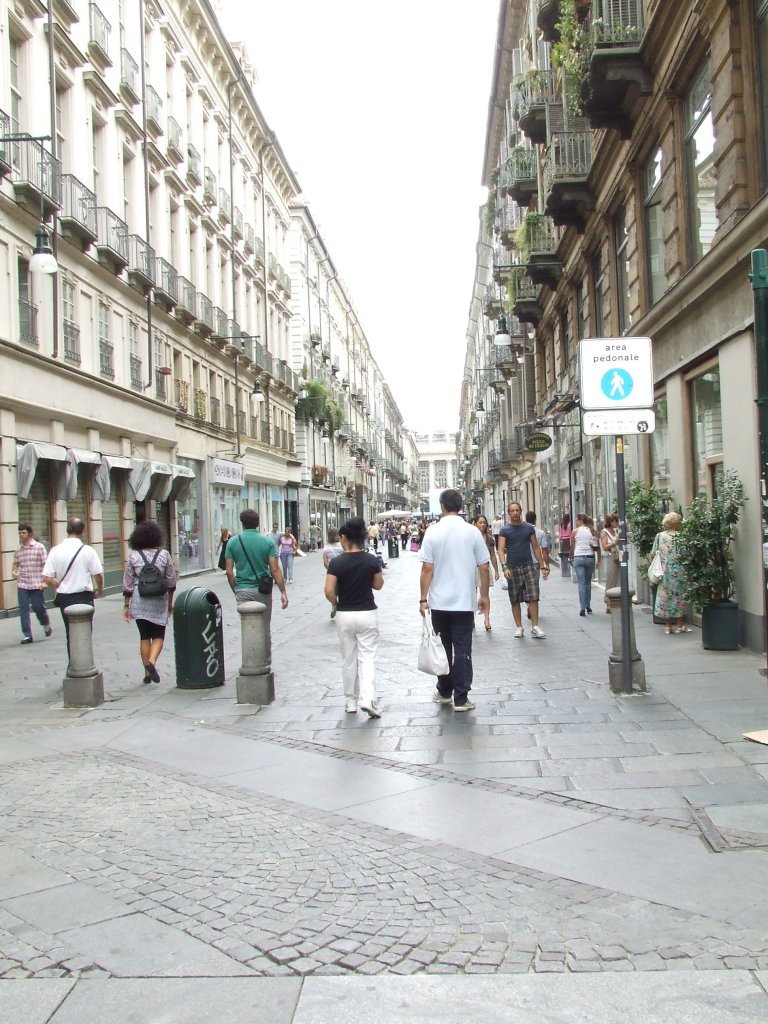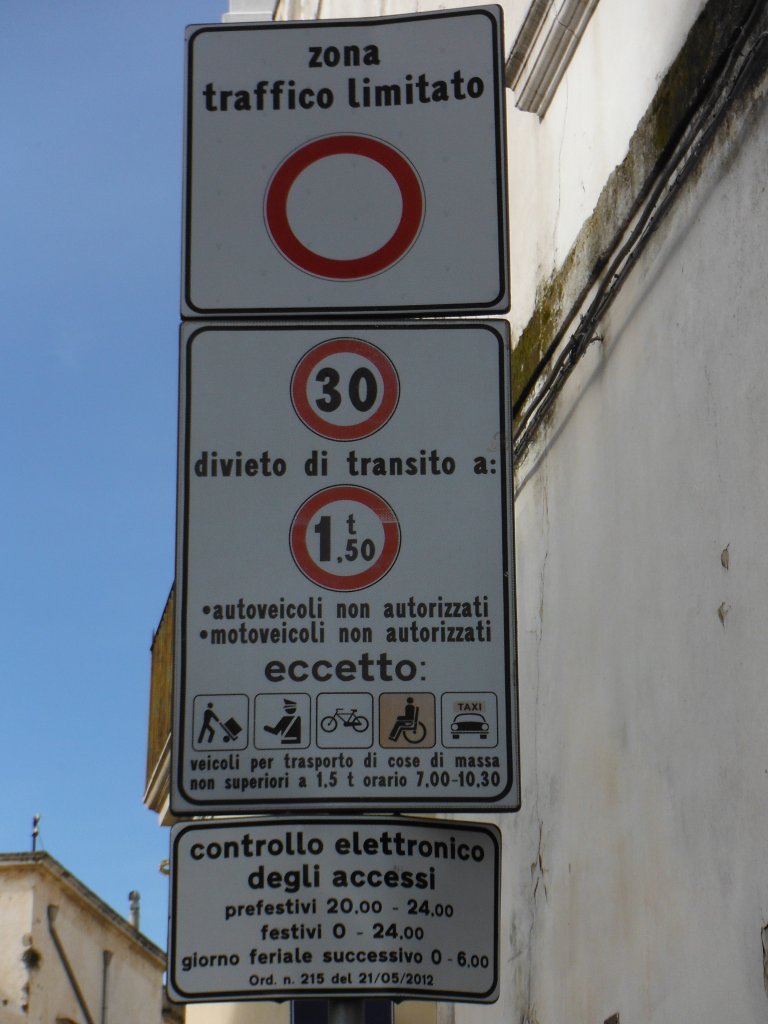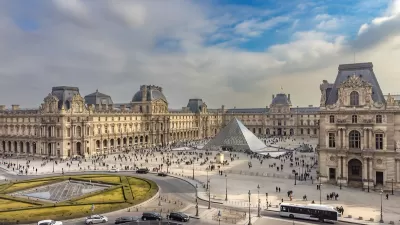You may have heard Paris is implementing traffic restrictions, but did you know that Paris is very late to the party? European cities, big and small, have been implementing measures to keep traffic from destroying urban quality of life for decades.

You may have heard Paris is implementing traffic restrictions, but did you know that Paris is very late to the party? European cities, big and small, have been implementing measures to keep traffic from destroying urban quality of life for decades. So much so that a EU-funded project called ReVeAL (Regulating Vehicle Access for Improved Liveability) was designed to help cities select appropriate measures.
In this blog, the authors of articles in our May 2022 and December 2022 issues describe ReVeAL and how it can help you.

Urban Vehicle Access Regulations (UVARs) are a tool used widely in Europe to help the transition towards people-friendly cities and reduce the climate impacts of transport. UVAR zones are areas of a town or city where motor vehicle access is restricted according to certain requirements. For example, access may be restricted to low emitting vehicles (low or zero emission zones), charge a fee (congestion charges), be reserved for pedestrians (pedestrian zones), or be limited to vehicles that are defined as “essential” to the area (traffic limited zones). There are also areas where pedestrians are given priority over motorized vehicles through the redesign of the space (with physical or spatial interventions). UVARs are used in over 700 cities in most European countries, as can be seen on the website www.urbanaccessregulations.eu.

UVARs can help with many issues facing cities today, including:
- Air pollution kills over 7 million people each year (World Health Organisation), and costs society 6.1 percent of global GDP (World Bank).
- Congestion costs 1 percent of European GDP (European Commission).
- Urban quality of life can be improved by turning road space with cars into recreation or commercial space. In the 1970s, the central squares of most European cities were filled with parked cars; now that space is usually used for outdoor dining and recreation. Few would want to return to the town square filled with cars.
- Fairness: Urban space is a valuable resource, yet is often provided at low or no cost for car use. Those who cycle, walk, or use public transport are more sustainable and they use much less road space. Why should those who cannot afford (or choose not) to own a car subsidize road space and related costs of those who drive?
- The climate crisis: traffic-reducing UVARs are an essential part of reducing CO2 emissions in urban areas.
Because “carrot” measures aren’t enough to enable cities to achieve the change needed to reach their carbon-emission goals regulation is necessary. The important question is how the regulation is done; if done well, UVARs can offer a palatable combination of carrots and sticks.
A key aspect to consider is accessibility. The area must remain accessible to people and goods, even if it is not by their habitual mode of transport. ReVeAL promotes this through the use of ‘complementary measures,’ one of the project’s four cross-cutting themes that help guide the development of good practice UVARs. The May edition of the World Transport Journal provides an article with more detail on UVARs.

The ReVeAL approach subdivides UVARs into three measure field categories (spatial interventions, pricing aspects and regulatory measures), within which 33 individual UVAR building blocks have been identified. Combining these building blocks in different ways enables a different UVAR package to be built up in each new city and context.
Because it is not always easy to know where to start with UVAR development without a national framework in place, the ReVeAL project produced a toolkit to support authorities developing UVARs. The toolkit consists of:
- 33 UVAR building blocks that can be combined to build UVAR packages in cities. Each building block has a factsheet with links to relevant sections of the ReVeAL Guidance
- A description and explanation of cross-cutting themes which are relevant for the implementation of most UVARs (see ReVeAL online Guidance)
- The ReVeAL guidance also explains the project’s approach to developing UVARs
- ReVeAL’s Online decision-support tool, AccessRegulationsForYourCity. Through the use of a short set of questions, the tool suggests a prioritised list of UVAR building block to consider for your city
The December 2022 issue of the World Transport Journal includes an article that describes the ReVeAL toolkit in more detail.
The tools are stand-alone and free for all to use. If you’d like to find out more, contact Lucy Sadler or Bonnie Fenton.

Planetizen Federal Action Tracker
A weekly monitor of how Trump’s orders and actions are impacting planners and planning in America.

Maui's Vacation Rental Debate Turns Ugly
Verbal attacks, misinformation campaigns and fistfights plague a high-stakes debate to convert thousands of vacation rentals into long-term housing.

San Francisco Suspends Traffic Calming Amidst Record Deaths
Citing “a challenging fiscal landscape,” the city will cease the program on the heels of 42 traffic deaths, including 24 pedestrians.

Defunct Pittsburgh Power Plant to Become Residential Tower
A decommissioned steam heat plant will be redeveloped into almost 100 affordable housing units.

Trump Prompts Restructuring of Transportation Research Board in “Unprecedented Overreach”
The TRB has eliminated more than half of its committees including those focused on climate, equity, and cities.

Amtrak Rolls Out New Orleans to Alabama “Mardi Gras” Train
The new service will operate morning and evening departures between Mobile and New Orleans.
Urban Design for Planners 1: Software Tools
This six-course series explores essential urban design concepts using open source software and equips planners with the tools they need to participate fully in the urban design process.
Planning for Universal Design
Learn the tools for implementing Universal Design in planning regulations.
Heyer Gruel & Associates PA
JM Goldson LLC
Custer County Colorado
City of Camden Redevelopment Agency
City of Astoria
Transportation Research & Education Center (TREC) at Portland State University
Jefferson Parish Government
Camden Redevelopment Agency
City of Claremont




























